
Ferric Sulphate 500gm
$2,500.00 Original price was: $2,500.00.$2,300.00Current price is: $2,300.00.
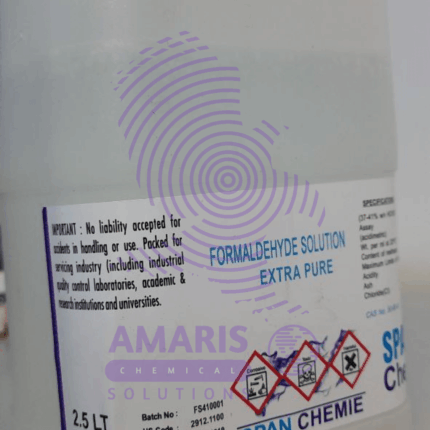
Formaldehyde 2.5 litres (formalin)
$4,500.00 Original price was: $4,500.00.$4,000.00Current price is: $4,000.00.
Field Stain A and B 25gm
$1,600.00 Original price was: $1,600.00.$1,500.00Current price is: $1,500.00.
Whatsapp Order
Field Stain A and B are used in a staining technique for blood films, particularly for the rapid identification of malaria parasites and other hematological purposes. The staining method is known as Field’s stain, and it is a type of Romanowsky stain.
Field Stain A
- Composition: Field Stain A is typically an aqueous solution of methylene blue, which stains the nuclei of cells blue.
- Function: It primarily stains the acidic components of the cell, including DNA and RNA. This makes the nuclei and certain cytoplasmic components appear blue.
Field Stain B
- Composition: Field Stain B is usually an aqueous solution of eosin, which stains the basic components of the cell pink.
- Function: It stains the cytoplasm and extracellular components pink to red. Eosinophilic structures, such as red blood cells and certain granules, are highlighted by this stain.
Usage
- Procedure:
- Prepare the blood smear: A drop of blood is spread thinly on a glass slide and allowed to air dry.
- Apply Field Stain A: The dried smear is immersed in Field Stain A for a short duration, typically around 5-10 seconds.
- Rinse: The slide is briefly rinsed in water to remove excess stain.
- Apply Field Stain B: The smear is then immersed in Field Stain B for another short duration, around 5-10 seconds.
- Rinse and dry: The slide is rinsed again in water and allowed to air dry.
- Outcome: The resulting stained smear allows for the differentiation of various cell components, making it easier to identify and analyze blood cells and any parasitic infections like malaria.
SKU:
ACS19336CHEM0
Category: Analytical Reagents
Description
Table of Contents
ToggleUses of Field Stain A and B
1. Malaria Diagnosis
- Identification of Malaria Parasites: Field Stains A and B are extensively used for the rapid detection of malaria parasites in blood smears. The stains highlight the parasites’ presence within red blood cells, aiding in quick diagnosis.
2. Hematological Studies
- Differentiation of Blood Cells: These stains help in differentiating various types of blood cells. For instance, they distinguish between white blood cells, red blood cells, and platelets, which is crucial for diagnosing blood disorders and conducting routine blood examinations.
3. Rapid Staining in Field Conditions
- Field and Remote Laboratory Use: Due to their simplicity and quick staining process, Field Stains A and B are particularly useful in remote and field conditions where advanced laboratory equipment might not be available.
4. Microbial Identification
- Detection of Microorganisms: While not as commonly used as other stains like Gram stain, Field Stains can sometimes aid in identifying microorganisms in blood samples or other clinical specimens.
5. Veterinary Medicine
- Animal Blood Analysis: Similar to human medicine, these stains are used in veterinary laboratories to examine blood smears from animals, aiding in the diagnosis of blood-borne diseases and overall health assessment of animals.
6. Education and Training
- Teaching Tool: Field Stains A and B are used in educational settings to teach students and trainees about blood smear preparation and the identification of different cell types and parasites.
7. Clinical Research
- Research Studies: Researchers use these stains to study the morphology of blood cells and parasites, contributing to the development of new diagnostic techniques and treatments for blood-borne diseases.
Procedure for Laboratory Use
- Sample Collection: Obtain a blood sample via finger prick or venipuncture.
- Blood Smear Preparation: Place a drop of blood on a clean glass slide and spread it thinly using another slide to create a smear.
- Drying: Allow the smear to air dry completely.
- Staining:
- Immerse the smear in Field Stain A for about 5-10 seconds.
- Briefly rinse the slide in clean water.
- Immerse the smear in Field Stain B for another 5-10 seconds.
- Rinse the slide again in clean water.
- Drying and Examination: Let the slide air dry and then examine it under a microscope.
Reviews (0)
Be the first to review “Field Stain A and B 25gm” Cancel reply
Related products
Acetic Acid 2.5litre
Acetic acid is an organic acid with the chemical formula CH3COOH, also known as ethanoic acid. It is a colorless liquid with a pungent, sour taste and a distinctive vinegar-like odor. Acetic acid is an important industrial chemical used in the production of various products, including solvents, plastics, textiles, and food additives. It is also the main component of vinegar, which is commonly used as a condiment and preservative in cooking and food preparation.
Aluminum Oxide 500 grams
Aluminum oxide, often referred to as alumina, is a chemical compound made up of aluminum and oxygen atoms (Al2O3). It occurs naturally in various minerals, including corundum and bauxite. It is one of the most widely used compounds, valued for its hardness, strength, and resistance to abrasion and corrosion.
Aluminum Potassium Sulphate 500gm
Aluminum Potassium Sulphate, commonly known as potassium alum or potash alum, is a chemical compound with the formula KAl(SO₄)₂·12H₂O. It is a type of alum, a double sulfate salt, and is typically found in its dodecahydrate form. Here are some key points about this compound:
Physical Properties:
- Appearance: Colorless, transparent crystals or white powder.
- Solubility: Soluble in water but insoluble in alcohol.
- Melting Point: Decomposes at high temperatures before melting.
Chemical Properties:
- Molecular Formula: KAl(SO₄)₂·12H₂O
- Molecular Weight: 474.39 g/mol (for the dodecahydrate form)
- Acidity: It is slightly acidic in aqueous solution.
Ammonium Acetate 25kgs
Ammonium acetate is a chemical compound with the formula NH4CH3CO2. It is a white, crystalline solid with a vinegar-like odor. It is commonly used in various laboratory applications, such as in molecular biology and analytical chemistry. It can act as a source of acetate ion in reactions and is often used as a buffer solution in biochemical and molecular biology research. Additionally, it is sometimes used in the manufacture of other chemicals and as a food additive.
Ammonium Dichromate 500gm
Ammonium Sulphate 500gm
Anhydrous Aluminum Chloride
Anhydrous aluminum chloride, often represented as AlCl3, is a chemical compound composed of aluminum and chlorine. "Anhydrous" means it lacks water molecules in its structure. It's a white or pale yellow solid that is highly hygroscopic, meaning it readily absorbs moisture from the air. This property makes handling it a bit tricky since it can form a solution with water vapor in the air, turning into a fuming liquid.


 Emollients
Emollients Humectants
Humectants UV Filters
UV Filters Surfactants (cosmetic)
Surfactants (cosmetic) Preservatives (cosmetic)
Preservatives (cosmetic) Fragrances and Essential Oils
Fragrances and Essential Oils Antioxidants (cosmetics)
Antioxidants (cosmetics)
 Solvents (lab)
Solvents (lab) Chromatography Chemicals
Chromatography Chemicals Microbiology and Cell Culture Reagents
Microbiology and Cell Culture Reagents Biochemical Reagents
Biochemical Reagents Inorganic and Organic Standards
Inorganic and Organic Standards Spectroscopy Reagents
Spectroscopy Reagents Molecular Biology Reagents
Molecular Biology Reagents
 Precious Metal Extraction Agents
Precious Metal Extraction Agents
 Plasticizers
Plasticizers Polymerization Initiators
Polymerization Initiators Stabilizers
Stabilizers Monomers
Monomers Fillers and Reinforcements
Fillers and Reinforcements Antioxidants (plastics)
Antioxidants (plastics) Colorants (plastic pigments,Dyes)
Colorants (plastic pigments,Dyes)
 Fertilizers
Fertilizers Plant Growth Regulators
Plant Growth Regulators Soil Conditioners
Soil Conditioners Animal Feed Additives
Animal Feed Additives Biostimulants
Biostimulants
 Dough Conditioners
Dough Conditioners Flour Treatments
Flour Treatments Fat Replacers
Fat Replacers Preservatives (baking)
Preservatives (baking)
 Surfactants (cleaning)
Surfactants (cleaning) Builders
Builders Bleaching Agents
Bleaching Agents Enzymes
Enzymes Solvents (cleaning)
Solvents (cleaning) Fragrances
Fragrances Disinfectant
Disinfectant Metal cleaning
Metal cleaning
 Binders/Resins
Binders/Resins Pigments
Pigments Solvents (paint)
Solvents (paint) Additives
Additives Driers
Driers Anti-Corrosion Agents
Anti-Corrosion Agents Specialty Coatings
Specialty Coatings Functional Coatings
Functional Coatings Application-Specific Coatings
Application-Specific Coatings
 Sealants and Adhesives
Sealants and Adhesives
 Biodegradable Surfactants
Biodegradable Surfactants Bio-based Solvents
Bio-based Solvents Renewable Polymers
Renewable Polymers Carbon Capture Chemicals
Carbon Capture Chemicals Wastewater Treatment Chemicals
Wastewater Treatment Chemicals
 Preservatives (food)
Preservatives (food) Flavor Enhancers
Flavor Enhancers Acidulants
Acidulants Sweeteners
Sweeteners Emulsifiers
Emulsifiers Antioxidants (food)
Antioxidants (food) Colorants (food)
Colorants (food) Nutrient Supplements
Nutrient Supplements Nutraceutical Ingredients
Nutraceutical Ingredients
 Fresh Herbs
Fresh Herbs Whole Spices
Whole Spices Ground Spices
Ground Spices Spice Blends
Spice Blends
 Surfactants(oil)
Surfactants(oil)
 Antibiotics
Antibiotics Active Pharmaceutical Ingredients
Active Pharmaceutical Ingredients Excipients
Excipients Vaccine Adjuvants
Vaccine Adjuvants Nutraceutical Ingredients
Nutraceutical Ingredients Solvents (pharmaceutical)
Solvents (pharmaceutical)
 Automotive chemicals
Automotive chemicals Pyrotechnic Chemicals
Pyrotechnic Chemicals


 Vulcanizing Agents
Vulcanizing Agents Accelerators & Retarders
Accelerators & Retarders Antidegradants
Antidegradants Reinforcing Agents
Reinforcing Agents Plasticizers & Softeners
Plasticizers & Softeners Fillers & Extenders
Fillers & Extenders Blowing Agents
Blowing Agents Adhesion Promoters
Adhesion Promoters
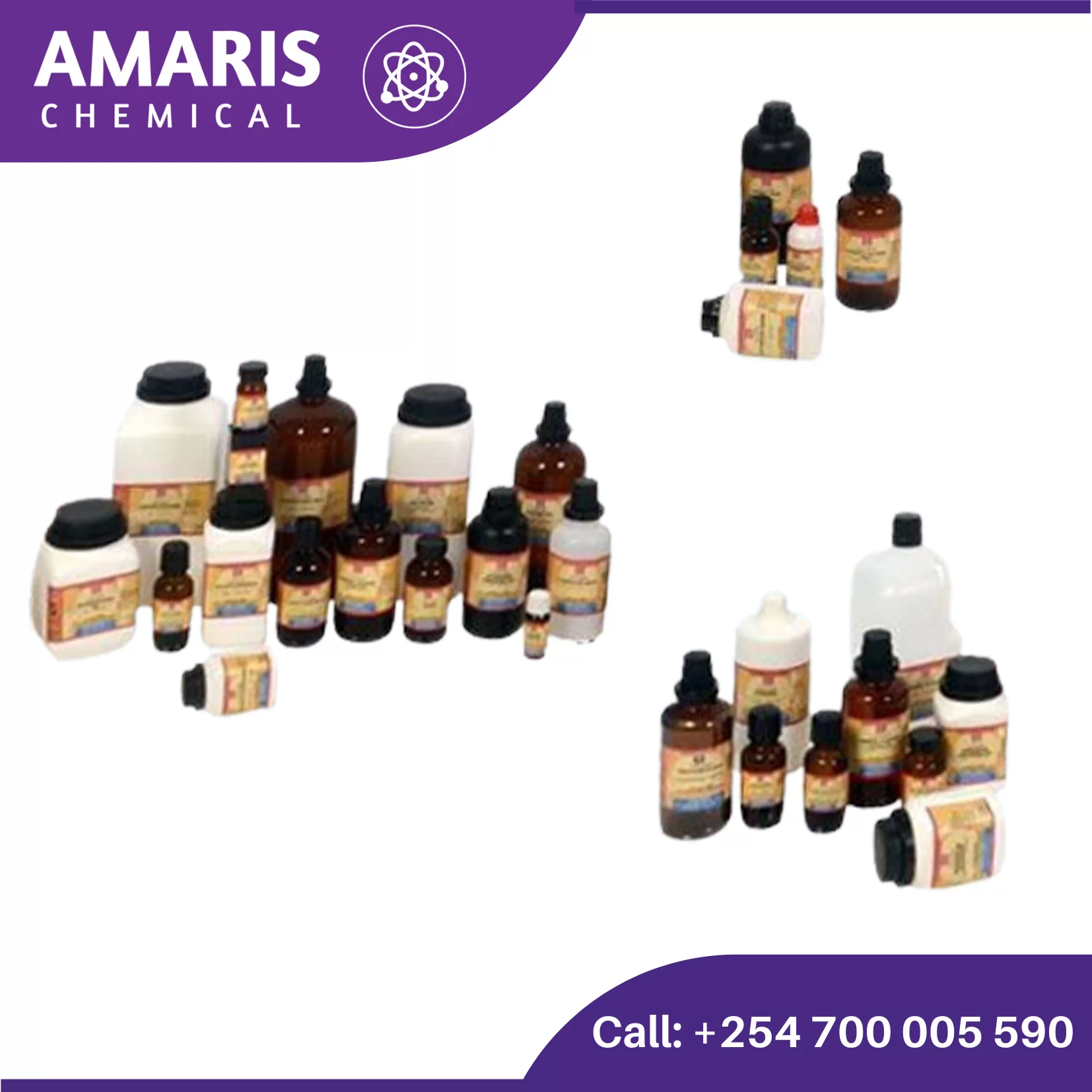
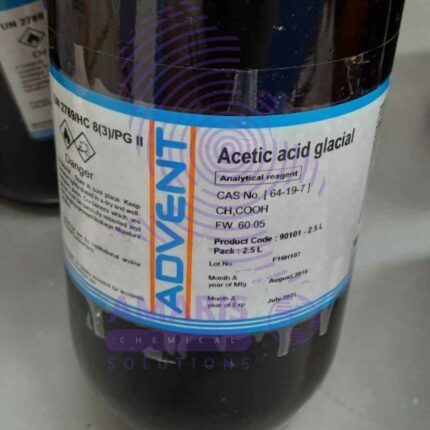
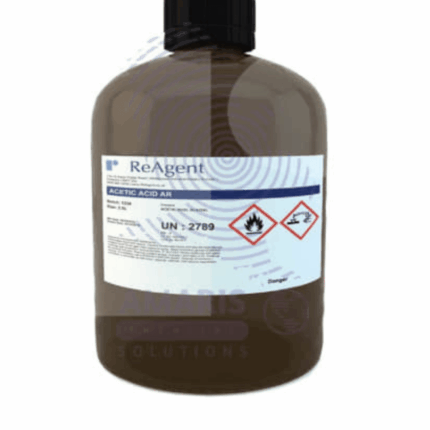
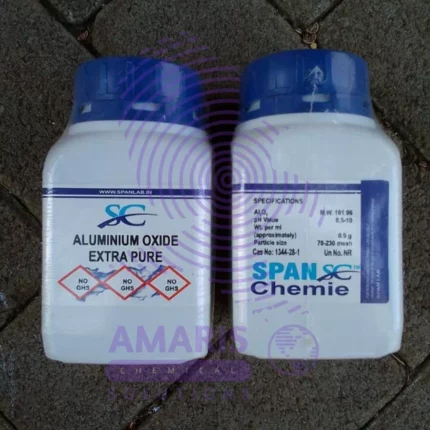


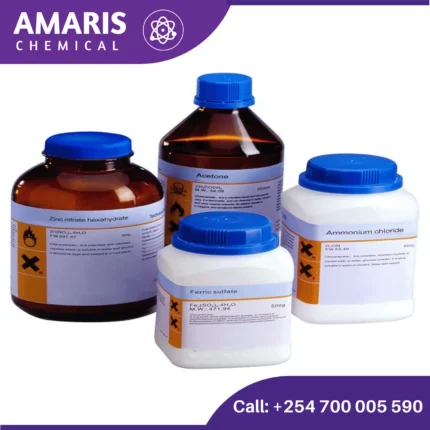

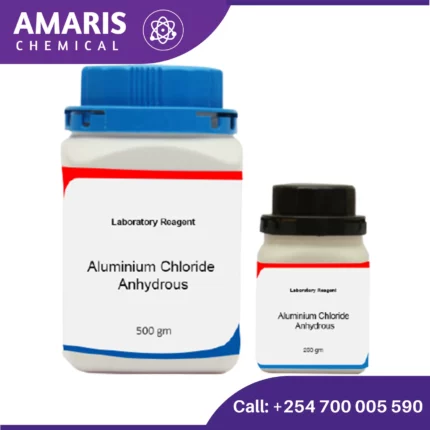
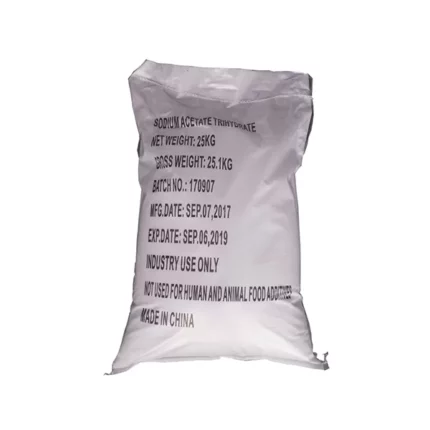














Reviews
There are no reviews yet.